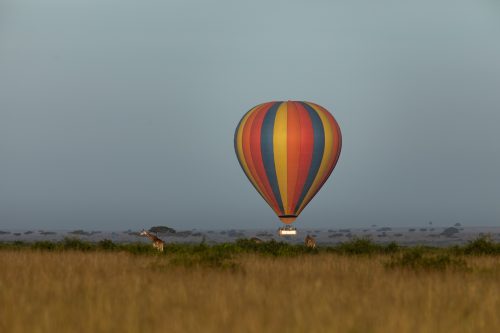
In the last two weeks, there has been great excitement over the hyena communities within the Mara Triangle. Currently, there are at least three hyena dens with pups, that we are aware of, one within a stone’s throw of Angama Mara, just underneath our private road down into the Reserve. Two-and-a-half years’ ago we wrote a post, and made a video, highlighting the fantastic work being done by the Michigan State University Hyena Research Project. Incredibly, this project has been underway for 33 years now and has fundamentally changed our understanding, and appreciation, of hyenas.
Last week’s hippo carcass was a hub of activity pulling in numerous lions and hyenas. Two neighbouring clans, one pride, and five male lions took turns feeding on the mountain of meat. Most of the activity took place under the cover of darkness, and it was hard to fathom the speed at which the carcass was consumed.
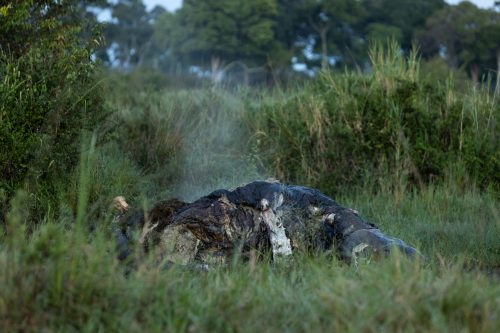
Often overlooked, shunned or even ignored, hyenas have real character. Each has its own character and thanks to the constant monitoring by the research assistants, we are able to track the lives of many of the individuals.
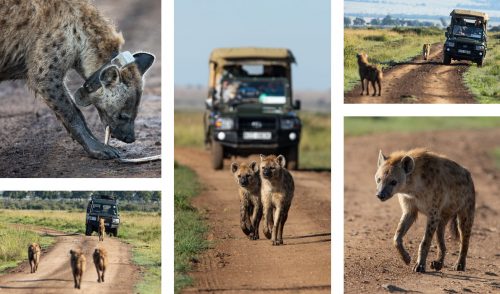
Whilst following these four males the one morning, they came across the Swamp Lioness and her single daughter. It was fascinating to watch the hyenas approach the two lionesses and then proceed to chase them away. This time, there was no food up for grabs for either side, and so they parted ways after a brief encounter.
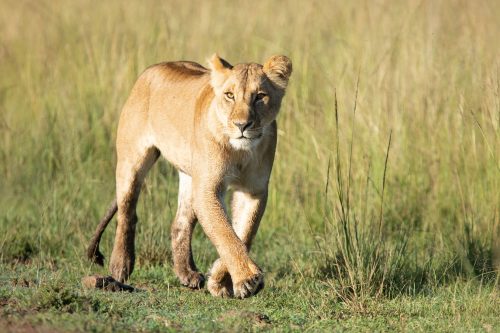
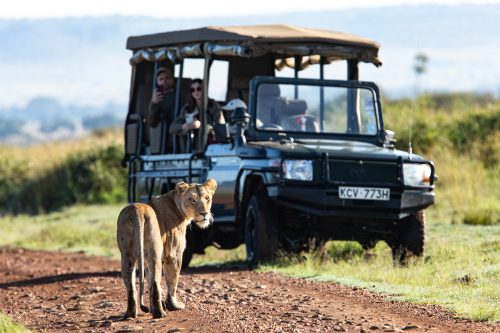
Early morning game drives generally produce very rewarding sightings. The temperatures are cool and the cats are active. On this specific drive, I was sitting with a mating pair of lions after having been in the Reserve for just five minutes. The gentle sounds of the grasslands came to life as the sun slowly crept above the horizon. The dawn chorus was rudely interrupted by this rather feisty pair.
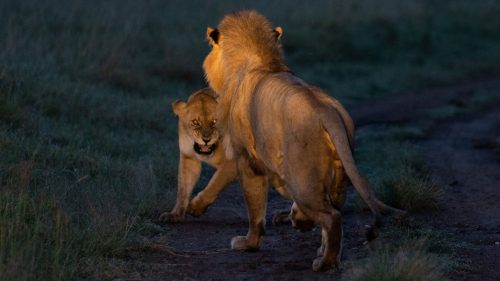
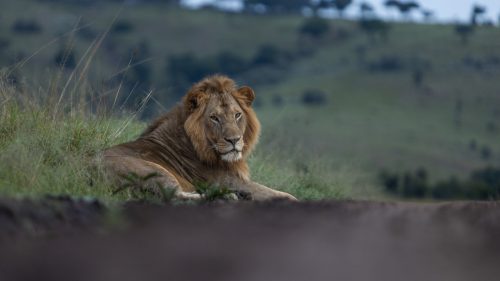
This week also saw increasing numbers of visitors in the Reserve. It was great to witness the iconic hot-air balloons return to the skies. It has been months since we last had the balloons as a daily part of the rhythm of the Mara – perhaps now they will slowly start to become more of a feature once more.
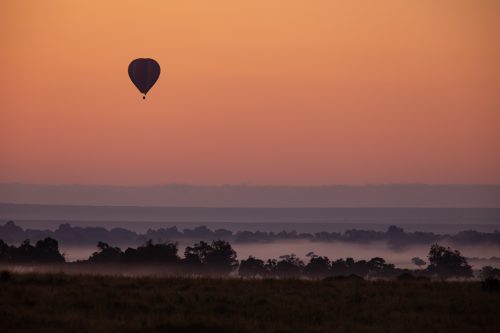
We did some lengthy drives this week, exploring some areas further afield than usual. This included a drive across the Mara River with the Black Rock Pride. Lately, this large pride has developed a reputation for being highly effective buffalo hunters and so, as you can imagine, they are on the wish list of many visitors to the area.
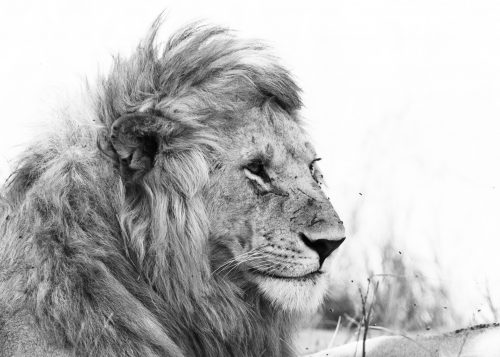
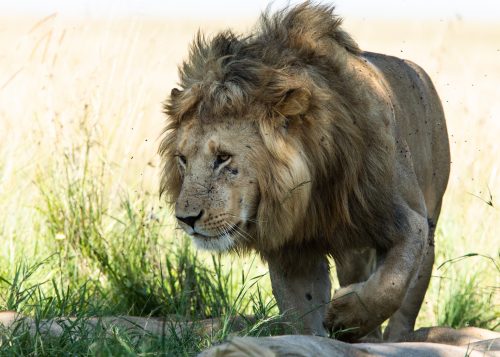
After finding them sleeping under a balanites tree, we sat with them for ages hoping for some action, but eventually we gave up and carried on in search of other specialities of the area, particularly some birds as seen below.
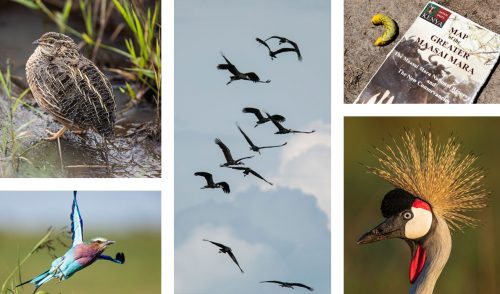
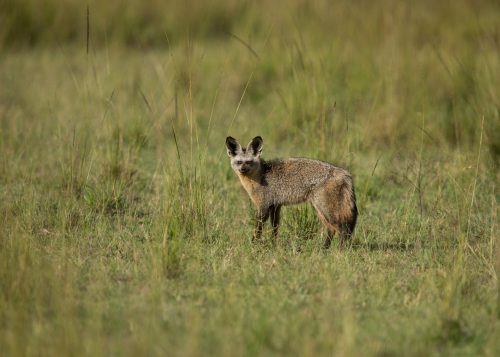
Back in the Triangle, we found the male of the Sausage Tree Pride. Ol Donyo Paek is a remarkable male who has clung onto his territory in the south-west of the park for many years now. Despite being a loner in a land where coalitions dominate, he somehow is able to carry on. His territory is traditionally very difficult for vehicles to access due to waterlogged conditions and long grasses, and so it can be long periods between sightings. On this occasion I was fortunate enough to see him as he darted across the road, chasing a female whom he was very clearly courting.
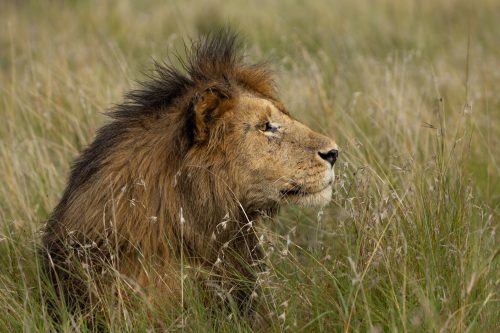
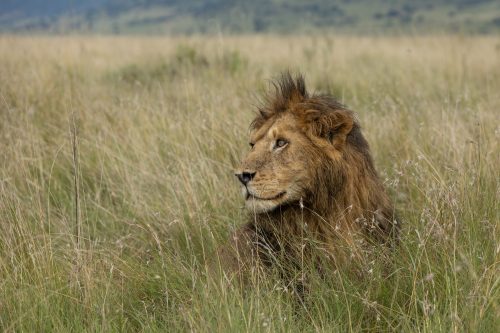
The Bila Shaka Males continue to spend time on the western banks of the Mara River, again seeming content to split up and fracture. These five males now control huge tracts of land and multiple prides. Perhaps their only way of maintaining a presence over such a large area is to divide and conquer from time to time. But it is when they are alone that they are at their most vulnerable. For over a year now they have been a real force in the Triangle and we all follow with interest how this plays out.
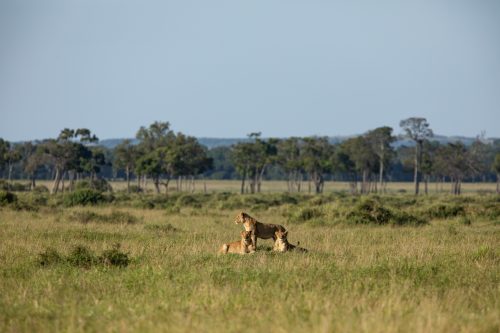
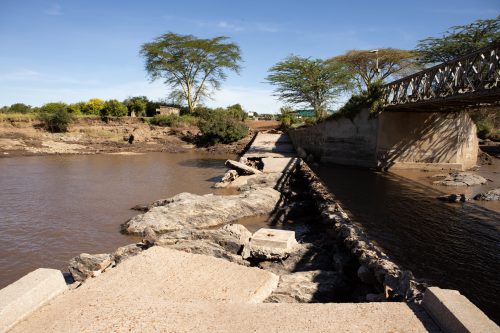
A year ago, heavy flooding in late April 2020 resulted in significant damage to roads and bridges. It was only once the water levels dropped that we were able to see the full extent of the damage to the lower concrete bridge at Purungat. Fortunately the upper metal bridge survived.
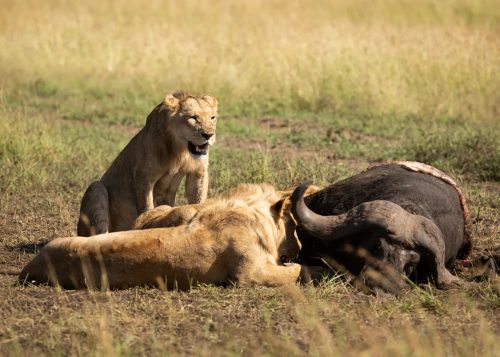
This is traditionally the time of the year when prey is scarce and the lions start to have to hunt larger game. Buffalo are ideal when it comes to the sheer amount of meat, but are terrifying when it comes to the actual hunt. Two years ago, we came across some young males who had just managed to successfully bring down a buffalo bull in the south-east of the Triangle.
Filed under: This Week at Angama
Subscribe for Weekly Stories
Comments (0):

Weddings in the Mara